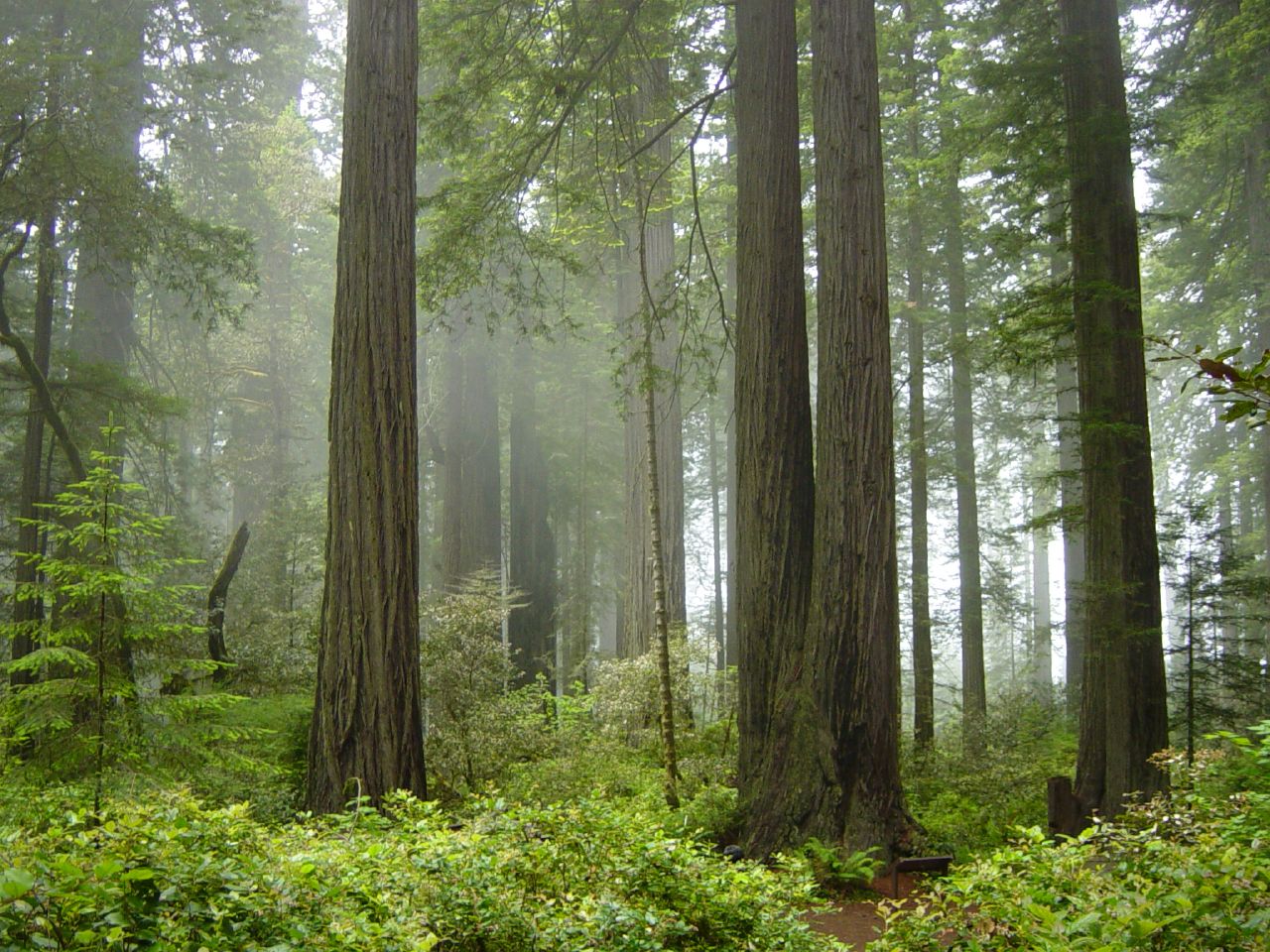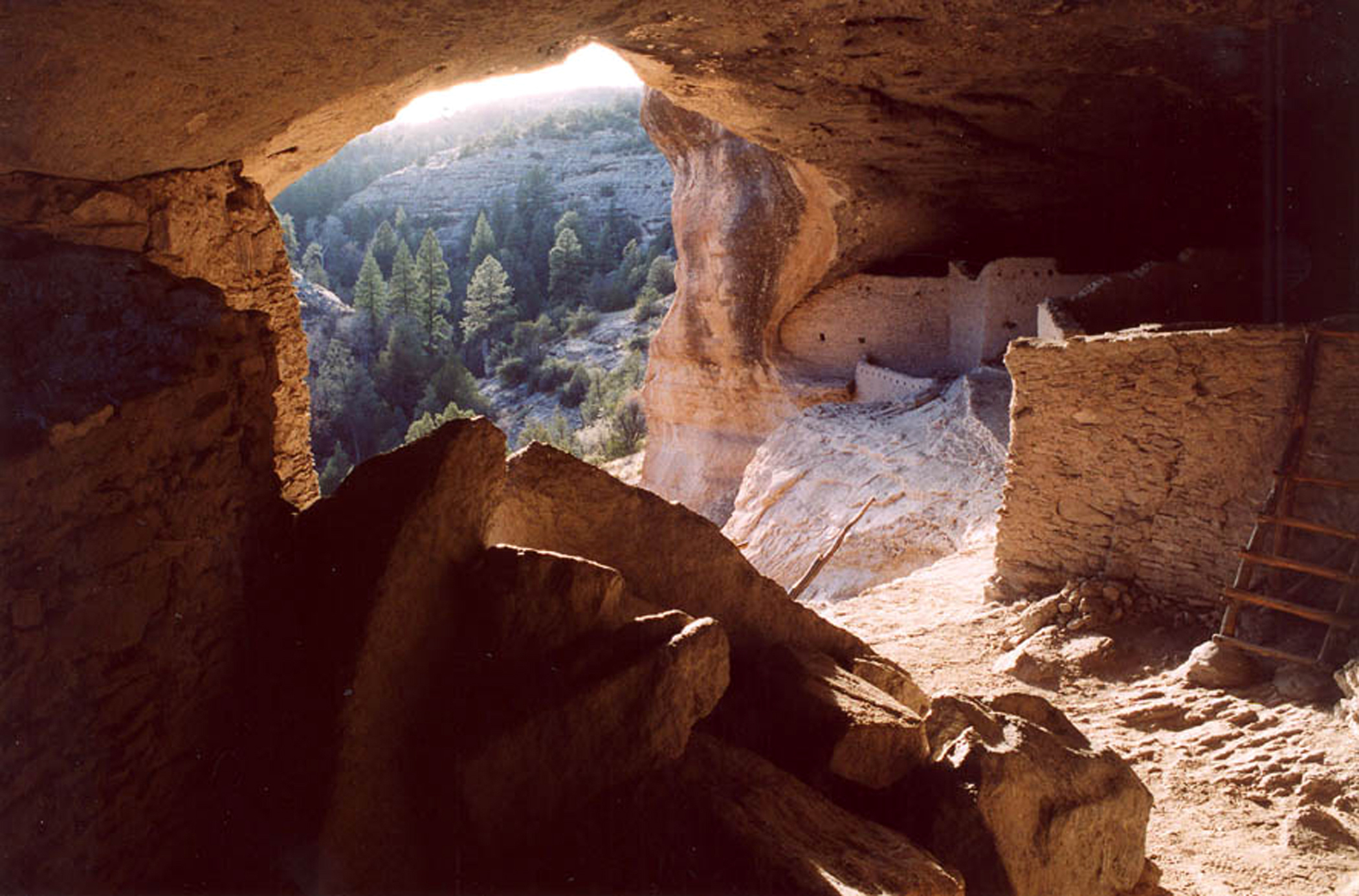Whispering Giants: An Unforgettable Journey through Redwood National and State Parks
Planning a visit? Check out the Redwood National and State Parks page for visitor info, directions, and what to do when you get there.

Introduction
There exists an undeniable magic within Redwood National and State Parks, home to some of our planet’s oldest living creatures. These towering titans, often hidden in oceanic fog, hold enough grandeur and mystery to rival even the most captivating epic tales. Nestled in Eureka, California, this vast expanse of wilderness is more than just a collection of trees—it’s a testament to time itself.
Historical/Cultural/Geological Background
These parks protect almost half of all remaining coastal redwoods, the world’s tallest species living on earth today. Some reach up to 370 feet high—taller than a 35-story building—and are as old as 2,000 years. In addition to holding the title of Earth’s tallest trees, they also serve as remnants of the dense forest that once covered much of North America.
The area also holds significant cultural importance for Native American groups such as the Yurok people who have inhabited these lands long before European settlement. This rich tapestry of human history combined with geological wonders makes it an archaeological and geological treasure trove waiting to be explored.
Activities Guide
While it may seem daunting at first sight due to its size—stretching over 139,000 acres—the park offers countless opportunities for every type of adventurer. Hikers can explore over 200 miles of trails snaking through primeval forests or meandering along pristine coastline. For wildlife enthusiasts, elk viewing at Prairie Creek, bird watching, and tidepool exploration offer unrivaled encounters with nature.
For a more leisurely experience, scenic drives such as the Newton B. Drury Scenic Parkway or the Coastal Drive provide awe-inspiring views without leaving your vehicle. Camping under the redwood canopy is also an unforgettable experience for those wishing to fully immerse themselves in nature’s splendor.
Visitor Information
The parks are open year-round with different nuances of beauty each season offers. The park doesn’t charge an entrance fee but camping has fees depending on the campground and time of year. Visit the park’s official website for accurate information regarding reservations, permits, and closures. Additionally, five visitor centers are scattered around the park providing maps, exhibits, films, and free ranger-led programs.
Tips for Different Visitors
Photographers will find early morning best when fog mystically wraps around these ancient giants making surreal compositions. Families can explore multiple kid-friendly trails like Trillium Falls trail teeming with ferns and wildlife.
Seniors or individuals with accessibility needs need not worry: Redwood National Park offers several easy-access trails where you can stroll amidst these gentle giants without strenuous effort.
Backpackers should check out the 70-mile-long Redwood Creek Trail offering solitude amongst primeval groves and beach vistas.
Regional Context
Resting along Northern California’s rugged coast nestled between Oregon and San Francisco lies this natural wonderland—a region recognized worldwide for its impressive landscapes from staggering mountain ranges to oak-clad rolling hills to foggy coastal cliffs—all within reach from Redwood National Parks.
Conclusion
Redwood National and State Parks are a haven of awe-inspiring grandeur that tells a timeless tale of resilience and survival. One does not simply visit these parks; they journey through time itself—a testament to life’s enduring majesty on our precious planet.
FAQs
- When is the best time to visit the parks? The parks are open year-round with each season offering a unique beauty. However, many visitors prefer the spring and summer months for outdoor activities.
- Are pets allowed in the park? Pets are allowed on a limited number of trails and should be kept on a leash at all times.
- Are there dining facilities within the park? There’re no restaurants but picnic areas are scattered throughout the parks.
- Can I camp anywhere in the park? No, camping is only permitted in designated campgrounds and backcountry sites with proper permits.
- Is wildlife dangerous in Redwood Parks? While you’re likely to see elk or seals, it’s important to observe from a safe distance as these are wild animals.
Frequently Asked Questions
What are the operating hours and admission fees for Redwood National and State Parks?
Redwood National and State Parks is typically open year-round, though specific hours may vary by season. Most national parks charge an entrance fee, but some sites are free to visit. Check the official NPS website for current hours and fee information.
How long should I plan for a visit to Redwood National and State Parks?
A typical visit to Redwood National and State Parks can range from a few hours to a full day, depending on your interests and the activities you choose. Allow extra time for hiking, photography, and exploring visitor centers.
What should I bring when visiting Redwood National and State Parks?
Essential items include comfortable walking shoes, water, snacks, sunscreen, and weather-appropriate clothing. Bring a camera to capture the scenic views and consider binoculars for wildlife viewing.
What is the best time to visit Redwood National and State Parks?
The best time to visit depends on your preferences and the activities you plan to enjoy. Spring and fall often offer pleasant weather and fewer crowds, while summer provides the longest daylight hours.
Is Redwood National and State Parks accessible for visitors with mobility needs?
Many areas of Redwood National and State Parks are accessible to visitors with mobility needs, including paved trails and accessible facilities. Contact the park directly for specific accessibility information and current conditions.
Related Articles

Discovering Ancient Echoes at Gila Cliff Dwellings National Monument

Santa Fe National Historic Trail Spectacular: An Insider's Guide to an Epic Journey through Time and Trails
Explore Santa Fe National Historic Trail in Santa Fe, Colorado,Kansas,Missouri,New Mexico,Oklahoma with our comprehensive visitor guide featuring activities,...
